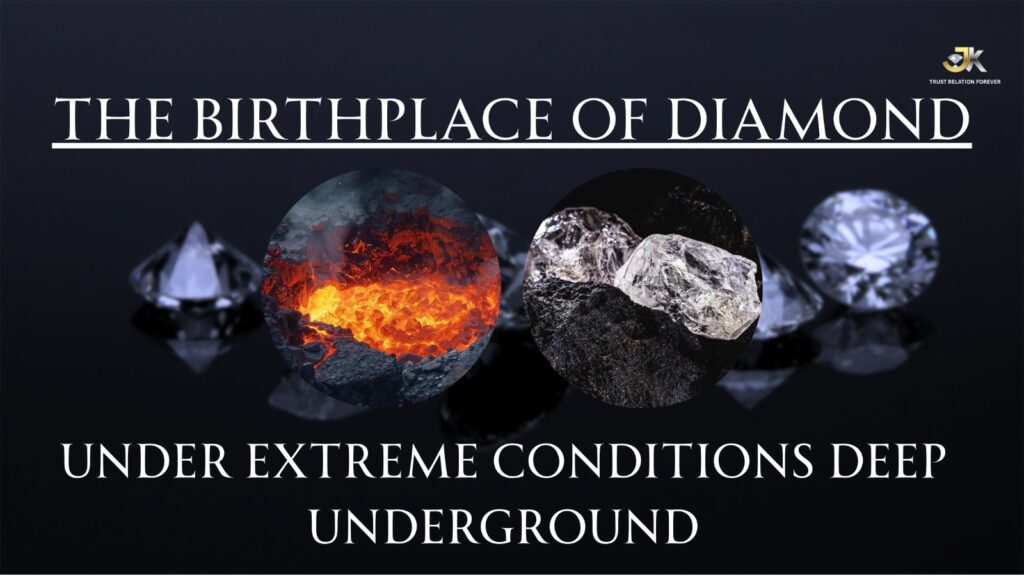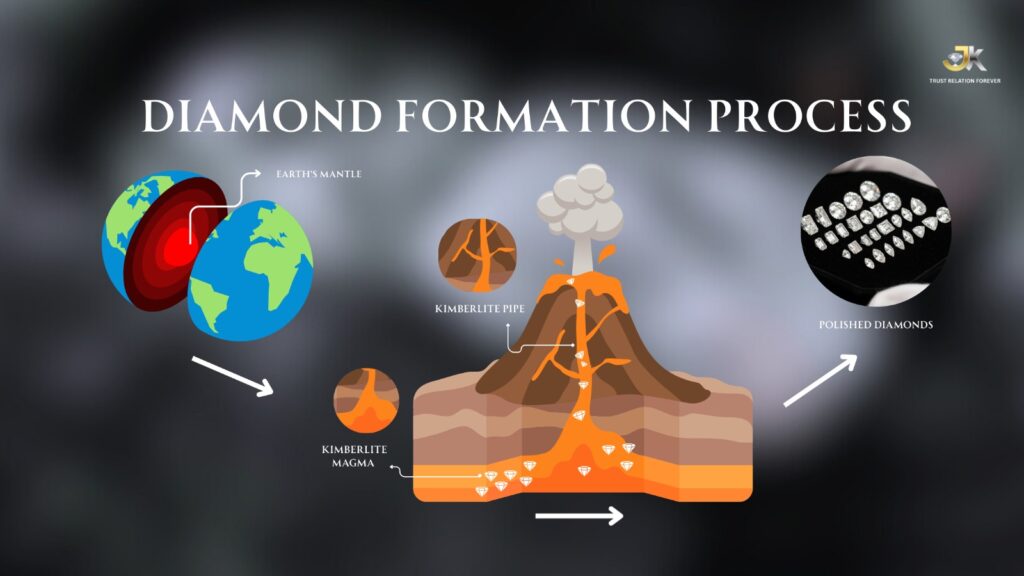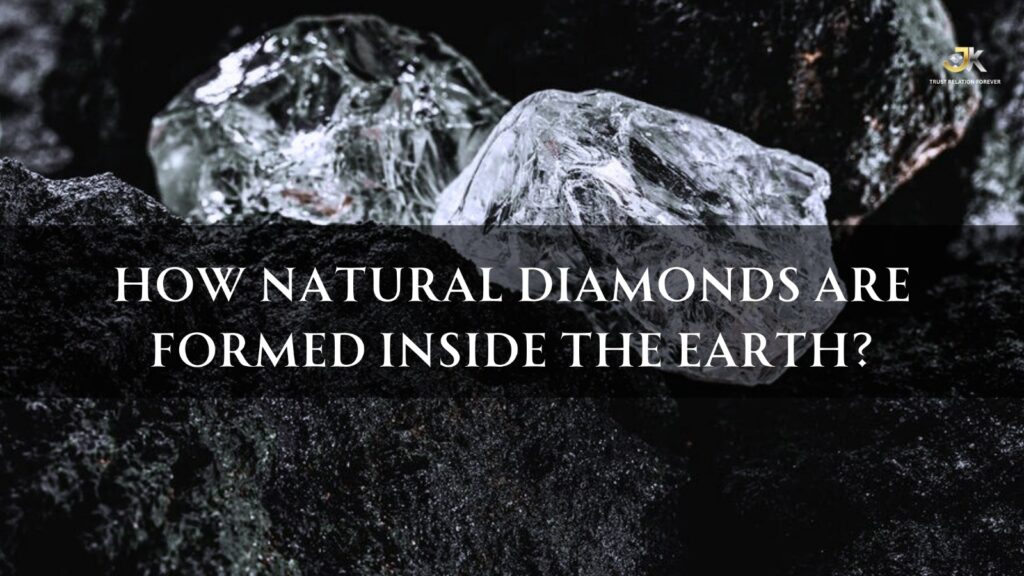Diamonds have captivated humanity for millennia with their unparalleled brilliance and enduring strength. But have you ever stopped to wonder where these magnificent gems truly come from? It’s a journey that begins deep within our planet, a testament to immense pressure, heat, and billions of years of geological activity.
The Birthplace of Diamonds: Extreme Conditions Deep Underground
Natural diamonds aren’t born on the surface; they are forged in the Earth’s mantle, an astonishingly hot and high-pressure layer found roughly 150 to 200 kilometers (90 to 125 miles) below the surface. This is a realm of extreme conditions: temperatures soar to over 1,000 degrees Celsius (1,832 degrees Fahrenheit), and pressures are hundreds of thousands of times greater than at the Earth’s surface.
The primary ingredient for a diamond is, perhaps surprisingly, carbon. Under these immense conditions, carbon atoms are forced into a tightly packed, crystalline structure, forming the incredibly strong and stable material we know as diamond. This process isn’t quick; it can take millions, even billions, of years for a diamond to fully form.

From Deeply Mined to Dazzling Gems
Once formed, these precious crystals remain hidden deep within the Earth until geological processes bring them closer to the surface. This typically occurs through volcanic eruptions, specifically through a type of magma called kimberlite, which acts as a sort of elevator, carrying the diamonds upwards in pipe-like structures.
It’s from these ancient volcanic pipes that we begin the process of deeply mined diamonds. Modern diamond mining operations are incredibly sophisticated, employing advanced technology to extract the kimberlite ore containing these precious stones. The goal is to recover the natural rough diamonds – their raw, unpolished form – with minimal impact on the surrounding environment.
The Journey from Rough to Radiant: Loose Diamonds and Ethical Sourcing
Once the natural rough diamonds are extracted, they embark on a journey that transforms them from unassuming stones to breathtaking jewels. These rough diamonds are then carefully sorted and evaluated. Some may be destined to become large, prominent loose diamonds, showcasing their individual beauty and rarity. Others, smaller but equally beautiful, might be cut into natural melee – tiny diamonds often used to accent larger stones or to create intricate pave settings.

A crucial aspect of this journey in today’s world is ethical diamond sourcing. The industry has made significant strides to ensure that diamonds are mined and traded responsibly, free from conflict and human rights abuses. Reputable diamond suppliers adhere to strict ethical guidelines, often participating in initiatives like the Kimberley Process, which aims to prevent conflict diamonds from entering the legitimate supply chain. This commitment ensures that the dazzling beauty of a diamond is matched by the integrity of its origin.
The Enduring Allure
The formation of natural diamonds is a remarkable testament to the Earth’s power and a reminder of the incredible treasures hidden beneath our feet. From the intense pressures of the Earth’s mantle to the careful hands that cut and polish them, each diamond tells a story of billions of years of geological wonder and human ingenuity. When you look at a diamond, you’re not just seeing a beautiful gem; you’re witnessing a piece of Earth’s ancient history, brought to life through a meticulous journey from deeply mined origins to a brilliant, ethically sourced masterpiece.
Stay updated on the latest JK Sons postings by following us on Instagram.
https://www.instagram.com/j_ksons/
https://x.com/jksonsdiamond?t=a4_K1Uej1BwNCXt63jmEMw&s=08
https://www.youtube.com/@JKSons-q4x
https://www.facebook.com/share/19fYjZtEZf/
https://www.linkedin.com/in/jk-sons-a8005832b?utm_source=share&utm_campaign=share_via&utm_content=profile&utm_medium=android_app


